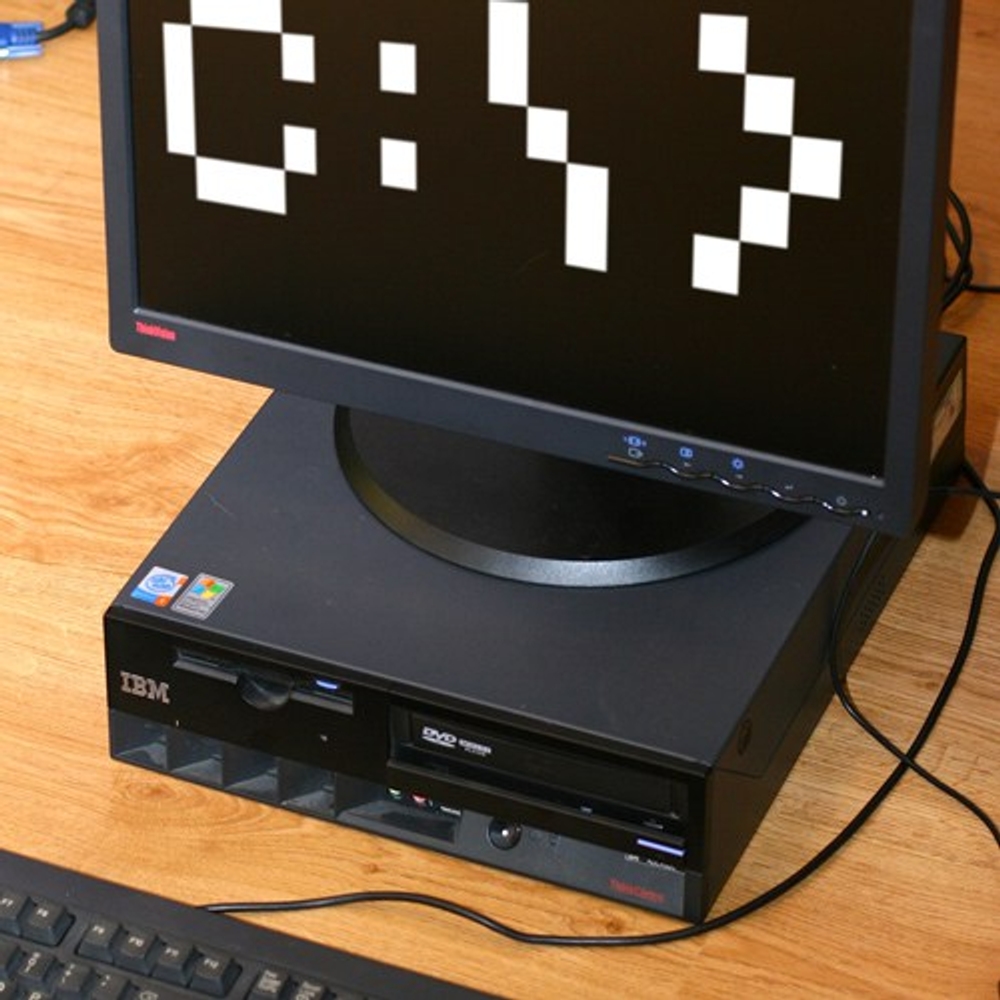Intro to Retro-PC series

I am currently building a Retro-PC that represents my computing hobby years of the 1990s and early 2000s. The goal is to be able to play the DOS and Windows games of the era, and perhaps to play with old programming projects using IDEs like Borland’s Turbo Pascal. I may also want to use it for some emulators I do not materially own.
The Retro-PC should be:
-
compatible with MS-DOS games from the early 90s (and perhaps the titles from 80s)
- VGA or SVGA graphics, and SoundBlaster quality sounds
-
powerful enough for Windows games from the 90s (and perhaps the early 2000s)
- early generation DirectDraw/Direct3D titles (and perhaps a bit more modern Direct X 8/9 titles)
-
possibly capable of running emulators
- Spectrum, C64, Amiga, NES, SNES, Master System, Mega Drive, PlayStation, Amiga
-
small form factor, silent and visually pleasing
I am going to make some notes and talk about the project here. At least, these subjects are now covered:
- being ”authentic” and about chosen hardware
- choosing filesystem (FAT) and operating systems (MS-DOS, Windows)
- adventures on (not) picking a graphics card for the system
- hurdles of getting sound on a modern hardware and legacy MS-DOS
- speed sensitive MS-DOS games
- a good strategy to multiboot using GParted and GRUB 2 on multi-operating-system PC
- installing Linux, MS-DOS, Windows 3.1, Windows 98 and Windows XP
- making a full system backup of the Retro-PC
All the posts in this series are tagged with Retro-PC series in this blog.
